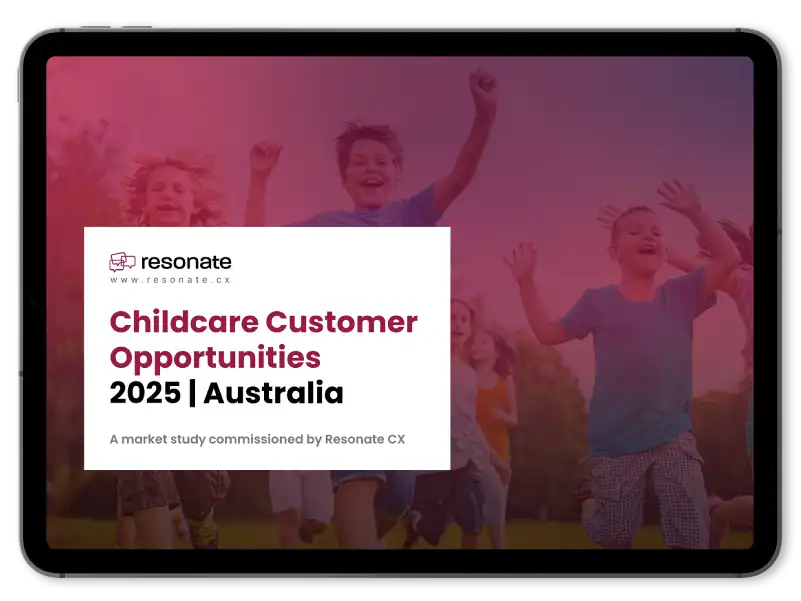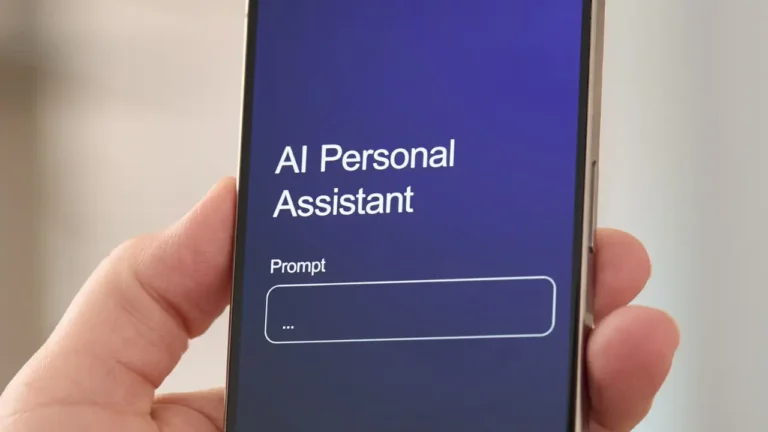Measuring & managing client loyalty for growth
I have been talking to a lot of financial planners about their businesses as of late and apart from the enormous and growing administrative and compliance burden – the topic of choice is invariably retaining and growing clients.
Financial planners generally know they are in a “relationship” business where the length and breadth of the relationship is critical to their fortunes. And, of course, client perceptions of the value of an intangible service (even after financial proof) can be notoriously subjective. However, to walk away from the challenge of collecting and understanding client feedback is, to give away a critical advantage in a very competitive field.
The good news is that the “science” of measuring and acting to grow client loyalty and sales has matured greatly over the past ten years. Many of you would have heard of Net Promoter Score (NPS) and understood its power as a predictor of loyalty. Based on a simple and proven question of “How likely are you to recommend the products or services of this company to your friends and colleagues?” and accompanying questions about why the score has been given, clients are readily classified into “promoters”, “neutrals” and “detractors”.
The metrics & mechanics aside, the critical thing is that collecting feedback from your clients in a consistent manner at critical moments (e.g. sale process, on-boarding, reviews, tax time, exit) and acting systematically to create “promoters” and reduce “detractors” (closed loop feedback) is an incredibly powerful management tool. Especially in a relationship business with annuity revenue streams.
So what does this look like for a Financial Planning organisation.
Client retention
After all the hard work of winning and on-boarding a client, we all understand the pain of losing a client. Especially when it is avoidable. Keeping a regular flow of feedback happening after significant events (e.g. on-boarding, reviews, tax time) or periodic checks on the health of the overall relationship provides an “early-warning” system that is otherwise a complete blind-spot. Too late when you have received a “Dear John” email from the client.
Word of mouth recommendations
Not all client feedback is negative of course – you may actually have some real advocates! Identifying who these clients are and amplifying their voice (testimonials, social media etc) is pure gold for your sales & marketing efforts.
Additional services (up-sell/cross-sell)
“Promoters” invariably buy more of your services and are less sensitive to prices increases. Similarly they will be more resilient to service problems and “cut you some slack” at critical moments. That’s the nature of loyalty – promoters have a store of credits (not unlimited) that you can occasionally draw from.
Reduced cost to serve
“Promoters” are less likely to complain or absorb your team’s time on unnecessary tasks. Promoters are more likely to have understood your processes and expectations of the relationship.
Brand protection
Regular & systematic feedback is also a great indicator of your brand health. This is particularly important across a network of financial planners and where there are dealer group specific agreements in place. Not only should individual financial planners get value from feedback – the dealer group has a built-in check that their brand is not being “trashed” by poor performing practices. Or more positively – the dealer group can illustrate what the benchmark performance is by pointing to the highest rated practice.
The beauty of well-designed customer feedback (“Voice of Customer”) programs is that success can be measured. And there is some Australian benchmarking research that demonstrates this. Ultimately these programs are evidence-based programs where you can actually measure the ROI of shifting detractors to promoters. Now that surely has to appeal to financial planners.
Enjoyed this post? Read more of our blogs.
Know more about our Platform or Request a Demo.









